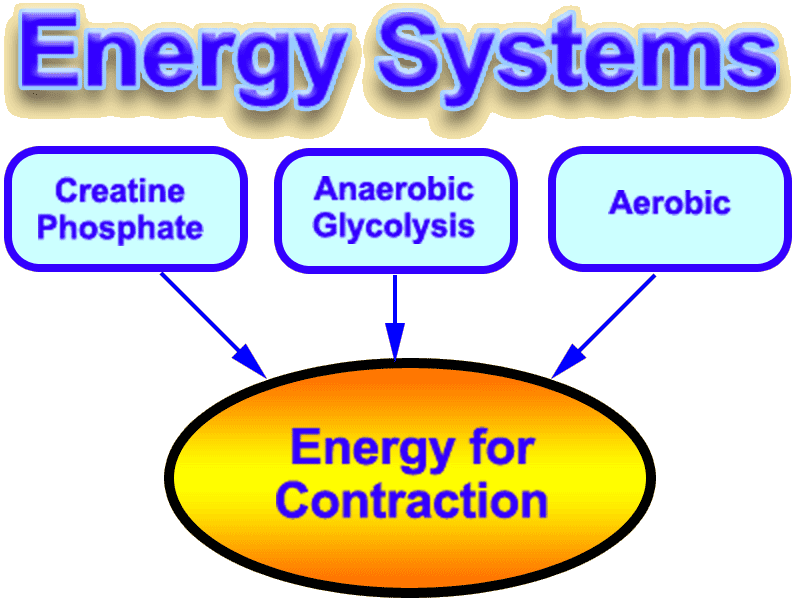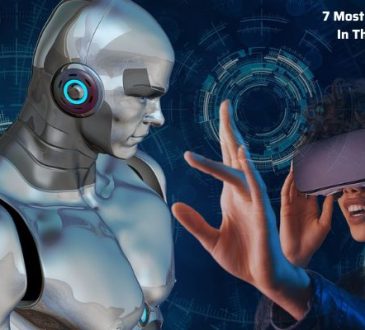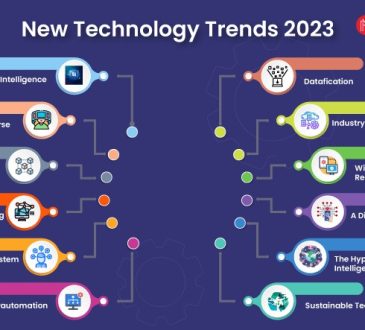How Does Energy System Work? 3 Important Systems Work Together
How Does Energy System Work? The human body uses energy from food to fuel movement and essential bodily functions, but body cells do not derive energy directly from food. After food is digested, carbohydrates, proteins, and fats break down into simple compounds — glucose, amino acids, and fatty acids — that are absorbed into the bloodstream and transported to various cells throughout the body.
In these cells and from these energy sources, adenosine triphosphate (ATP) is formed to provide fuel. The body uses 3 different systems to supply the cells with the ATP they need to fuel their energy needs. Most bodily activities use a continuum of all three energy systems, working together to ensure a constant supply of energy. Continue reading to learn How Does Energy System Work with 3 systems included the phosphagen system, oxidative system, and acid lactic system.
What is energy?
Food provides energy for the human body. After digestion, the body will store energy sources in the form of carbohydrates (starch), fat (fat), or protein (protein). However, cells cannot directly derive energy from these substances. And that’s when the body’s energy systems have to work, processing nutrients, turning them into usable units of energy (ATP), and supplying the cells to serve. for all bodily functions, including movement.

In other words, the body cannot directly use food for energy. All must be converted into units of ATP and the body uses ATP to maintain life. If your body is a car, then gasoline is the nutrient. And engines are the energy-generating systems in the body. Depending on how fast or slow you go, the engine will have to work differently.
A car designed for long-distance running will have a different engine than a racing car. The same can be applied to the human body in motion. A 100m athlete must develop a different energy system than a long-distance runner, as well as athletes in team sports (basketball, football, etc.)
How Does Energy System Work? 3 Important Systems Work Together
1. The ATP-PC system ( also called as Phosphagen system)
The body needs a constant supply of ATP for energy – whether the energy is needed to lift weights, walk, think, or even text. It is also the unit of energy that fuels metabolism, or the biochemical reactions that support and sustain life. For short and intense movements
The body needs a constant supply of ATP for energy – whether the energy is needed to lift weights, walk, think, or even text. It is also the unit of energy that fuels metabolism, or the biochemical reactions that support and sustain life. For short and intense movement lasting less than 10 seconds, the body primarily uses the ATP-PC, or creatine phosphate system.

This system is anaerobic, which means it does not use oxygen. The ATP-PC system uses the relatively small amount of ATP already stored in the muscle for this immediate source of energy. When the body’s supply of ATP is depleted, which occurs within seconds, additional ATP is formed from the breakdown of phosphocreatine (PC) – an energy compound found in muscle.
2. The Acid Latic system
How Does Energy System Work? The lactic acid system, also known as the anaerobic glycolysis system, produces energy from muscle glycogen – the storage form of glucose. Glycolysis, or the breakdown of glycogen into glucose, can occur in the presence or absence of oxygen. When there is not enough oxygen, a series of reactions that convert glucose into ATP produces lactic acid – in an attempt to create more ATP. The lactic acid system provides a relatively short period of time – minutes – of intense muscle activity, but a build-up of lactic acid can cause fatigue and a burning sensation in the muscles.
3. The Aerobic system ( The Oxidative system)
The most complex energy system is the aerobic or oxygenic energy system, which provides most of the body’s ATP. This system produces ATP when energy is released from the breakdown of nutrients such as glucose and fatty acids. In the presence of oxygen, ATP can be formed through glycolysis. This system is also involved in the Krebs or tricarboxylic acid cycle – a series of chemical reactions that produce energy in the mitochondria – the power plants inside body cells.
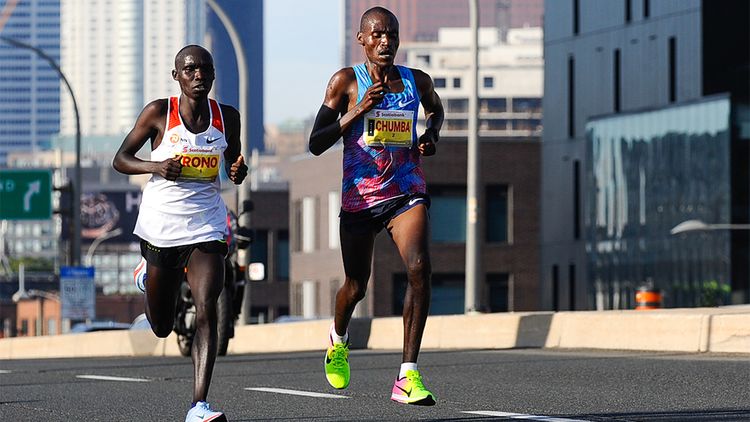
The complexity of this system, coupled with the fact that it relies heavily on the circulatory system for oxygen, makes it slower to function than the ATP-PC or lactic acid systems. The aerobic system provides energy for bodily movements that last more than just a few minutes, such as long periods of work or endurance activity. This system is also the pathway that provides ATP to fuel most of the body’s energy needs not related to physical activity, such as building and repairing body tissues, digesting food, etc., controlling body temperature, and growing hair.
How do they work together in the energy system?
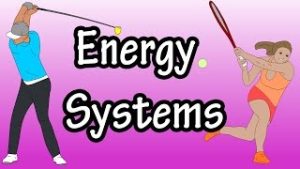
How Does Energy System Work? Three energy systems operate in the body to provide energy. While these systems are well known for their role in promoting athletic performance, ATP is essential for all energy needs in the body – including all growth, development, and maintenance of functions. importance of the body. These energy systems do not operate independently and do not operate in isolation. Instead, all systems work all the time, but some may prevail based on body activities, including the type, intensity, and duration of physical activity, and fitness level. of a person


